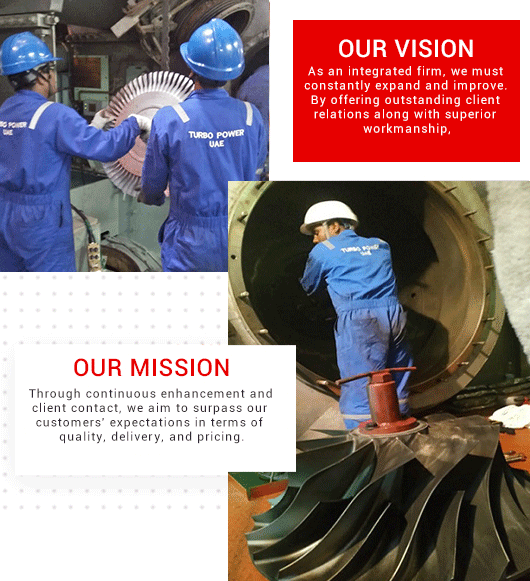The Evolution of Turbocharger Supply Technology
In the dynamic world of automotive engineering, few innovations have left as indelible a mark on performance as the turbocharger. From its humble beginnings to its current ubiquitous presence, the turbocharger supply has undergone a remarkable evolution, fundamentally altering the landscape of automotive power and efficiency.

Tracing the Path of Turbocharger Supply Technology
This blog embarks on a captivating journey through the annals of turbocharger supply technology, tracing its evolution from a pioneering concept to an indispensable component of modern vehicle design.
The Early Years
The roots of turbocharging can be traced back to the early 20th century when Swiss engineer Alfred Büchi laid the groundwork with his groundbreaking patents. However, it wasn’t until the 1960s and 1970s that turbocharged engines began to make waves, particularly in the realm of motorsports. Here, on the unforgiving tracks of racing circuits, turbochargers demonstrated their prowess, delivering unprecedented levels of power and performance that captured the imagination of automotive enthusiasts worldwide. In parallel, industries like ship repair companies in Dubai also started recognizing the potential of turbocharger technology for enhancing marine engine efficiency and power.
Mainstream Adoption
By the 1980s, turbocharging had transcended its niche status and found its way into mainstream automotive production. Faced with the dual challenges of stricter emissions regulations and consumer demand for increased power and fuel efficiency, automakers turned to turbochargers as a viable solution. This marked a pivotal moment in turbocharger supply technology, as it became not just a feature of high-performance models but a standard fixture in the engine bays of everyday cars. Simultaneously, industries such as ship repair companies in UAE also began recognizing the potential of turbochargers for enhancing marine engine performance and efficiency.
The Era of Innovation
The late 1990s heralded a new era of innovation with the advent of variable geometry turbochargers (VGTs). These technological marvels represented a quantum leap forward in turbocharger design, offering unprecedented levels of control over boost pressure and virtually eliminating turbo lag. This breakthrough not only enhanced the drivability and refinement of turbocharged engines but also paved the way for further advancements in efficiency and durability. Concurrently, strides in materials science and aerodynamics led to the development of lighter, more efficient turbocharger components, bolstering performance while reducing environmental impact.
Modern Applications
Fast forward to the present day, and turbocharger supply technology has never been more diverse or impactful. From compact city cars to heavy-duty trucks and hybrid powertrains, turbochargers have found application across a wide spectrum of vehicles. Engine downsizing, coupled with turbocharging, has emerged as a dominant strategy for improving fuel economy and reducing emissions without compromising performance. Moreover, turbochargers play a crucial role in supporting the ongoing electrification and hybridization of vehicles, helping to maximize the efficiency of downsized internal combustion engines while facilitating the transition to greener mobility solutions.
Turbo Power Engineering — Leading the Way in Turbocharger Supply
Turbo Power Engineering is a premier provider of turbocharger supply solutions. With a reputation for excellence and innovation, they specialize in delivering high-performance turbochargers for various applications. Their expertise and commitment to quality make them a trusted partner for turbocharger needs across industries.



Comments
Post a Comment